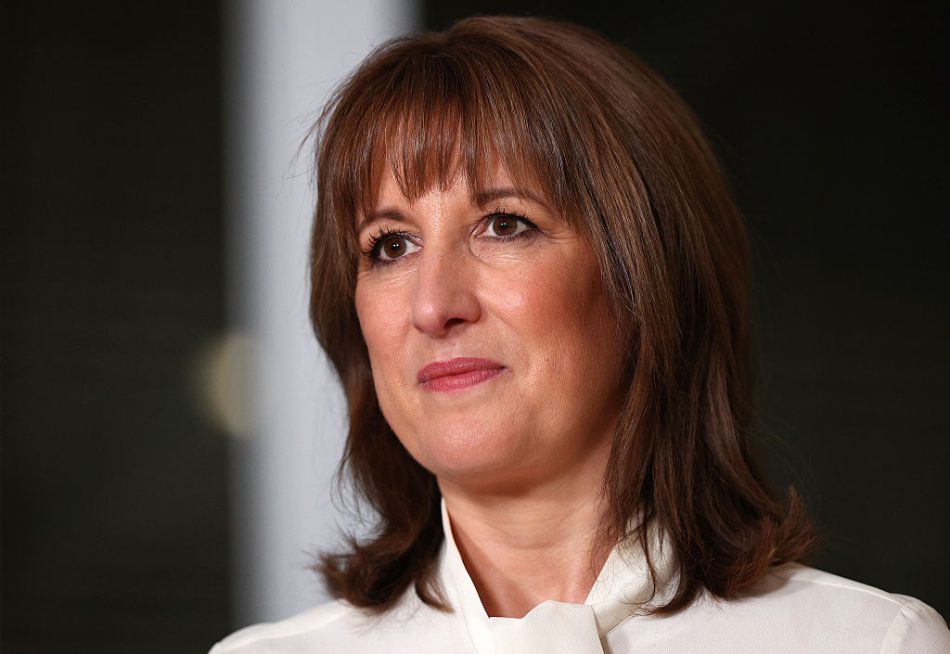It goes without saying that the riots in Southport, Hartlepool and London are a mindless reaction to the killing of three girls, based on false information which, according to former MI6 chief Sir Richard Dearlove, may have been propagated from Russia in a deliberate attempt to stir up social unrest in Britain. But is Sir Keir Starmer really wise to use these particular events to launch what he calls a ‘national capability’ to track across the country those suspected of plotting violent disorder? When he visited Southport on Tuesday he appealed to people not to play politics with the tragedy, yet to many people that is exactly what he is doing.
The tightrope that the Prime Minister is having to walk lies in addressing disorder while simultaneously not feeding the idea – felt by many – that those in power are treating violent disorder rather differently according to who commits it. While Starmer did at one point in his Downing Street statement this afternoon say he would treat all violent disorder the same, he did nevertheless base his statement around the riots that followed the Southport knife attack, riots that he claimed were ‘clearly driven by far-right hatred’. He repeated the assertion that those involved were not from Southport itself but that they had ‘boarded buses and trains’ from elsewhere. We will no doubt find out in due course, as a result of trials to come, whether any residents of the town were involved.
Starmer could, for balance, have mentioned in the press conference the riots in Leeds on 18 July (at the time he described them as ‘shocking and disgraceful’, and thanked the police, but left it at that), the machete fight in Southend on Monday night, or the violence at Manchester Airport last week that was initially treated as a case of police brutality – until video emerged of the violence against police which preceded the police reaction. His failure to do so plays into the hands of those who claim violent crime tends to get played down.
Starmer indicated that his government might use these riots to sanction greater use of facial recognition cameras – suggesting, for example, that they might be used to prevent far-right protesters boarding trains. But this is another political hot potato, not least because many of his MPs have opposed the proliferation of facial recognition technology.
Three years ago, the Information Commissioners advised there must be a ‘very high bar’ for its use, after the Court of Appeal had ruled that the use of automatic facial recognition software by South Wales police was unlawful. The Court ruled that the rules on what purposes the technology could and could not be used for were unclear, and that insufficient effort had been made into testing whether the technology has a racial or gender bias. A subsequent study by the National Physical Laboratory published last year found that there was a racial bias – with black women most likely to be misidentified as somebody else – although this bias could be eliminated if the cameras were programmed in a certain way. That didn’t, however, stop London youth worker Shaun Thompson – who happens to be black – being mistakenly matched with a wanted criminal by facial recognition cameras near London Bridge. He says he was held for 20 minutes and only released when he managed to produce a copy of his passport. His was one of a number of cases covered by a BBC Newsnight investigation a couple of months ago.
The use of facial recognition also raises the politically awkward question of facial coverings – with obvious implications for those Muslim women who wear them in public. In 2019, a man was fined by police in East London for daring to cover his face as he walked past a facial recognition camera. Ironically, little over a year later he could have been fined for not wearing a face covering in public, under Covid rules. That is another issue that Starmer is somehow going to have to resolve if he wants to employ facial recognition cameras in his campaign against violent disorder.








Comments